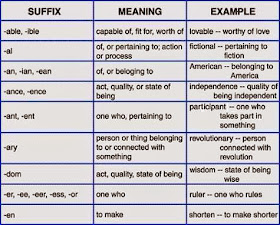On October 4, 2007 the
IOC accepted the Madrid Olympic bid. The Spanish
Field Hockey Federation vice-chairwoman
Mercedes Coghen was chosen as chairwoman of the project. Former IOC president
Juan Antonio Samaranch offered his help in this new attempt. With 77% of the Olympic sports' venues in place, Madrid has hosted many previous Olympic qualifying events, such as the
2002 IAAF World Cup for
Athletics.
Venues
The competition venues for the Games would have been sited in two main clusters:
The Eastern zone would have been the location of the Olympic Stadium, Aquatic Centre, the Olympic Village, the Telefónica Arena (called before
Madrid Arena and earlier Rockódromo de Casa de Campo, which would have held basketball events), and the IFEMA Fairgrounds (eight sports plus the Press Center).
The River Zone aside the
Manzanares River would have hosted the venues for rowing, beach volleyball, archery, cycling, tennis, modern pentathlon, triathlon, equestrian and rhythmic gymnastics. After the games, the river bank would have become a public park celebrating sport, culture and music.
The city is currently completing new swimming and tennis venues (
Caja Mágica - The Magic Box) and looking to expand and modernize existing sporting facilities. Bernabeu, and
Estadio La Peineta are likely venues should Madrid win the games. A new center for sport with the aim of improving facilities for disabled athletes will also be created as part of the push for the Paralympic Games.
Public support
Madrid's bid enjoyed extremely high levels of support from its citizens. A recent poll put Madrid's support levels at 92.6%, and 25,000 volunteers had signed up to demonstrate their support for the city's candidacy. Madrid 2016 also had over 60 corporate sponsors.
Logo
A contest was run to submit a logo for the games. A number were chosen from which the public could vote, finalizing the final three. The official logo was revealed in late September 2007, which was elected by a group of experts. The logo is named "Corle" and represents a hand in the colors of the Olympics, welcoming (but reminds of stopping) foreigners to the games. The silhouette of an 'M', representing Madrid, is also hidden in the hand. It was designed by an Argentine, Joaquin Malle. The initial design was merely an outline of the hand; the final version bursts with color rings within the hand.
2012 bid
Madrid
previously bid for the 2012 Olympics. Changes were made to the 2012 bid, while the city expected to build on its high reputation from its previous bids. In the 2012 bid, experts considered Madrid's bid very strong, and it actually placed first in the third round (before being eliminated in the fourth round). The 2012 bid was overall second in technical evaluation, with a rating of 8.3. Madrid was ranked first in seven categories: Government support, legal issues and public opinion; General infrastructure; Environment; Sports venues; Olympic Village; Transport concept; and Overall project and legacy.
When Madrid was promoted to the 2016 "Candidate City" phase in June 2008, it ranked second in the evaluation of the technical bid, with a score of 8.1 (on a 10 point scale). The city was ranked a close fourth on
two predicting indice scales, primarily because of geographical factors. Coghen has emphasized in interviews that "cities, not continents" are chosen to host. Madrid repeatedly described itself as the "safe bid".
After the selection of Rio de Janeiro on 2 October 2009, commentators agreed that Madrid had once again put forward a powerful bid with many positive aspects. One problem with the 2016 bid was Madrid's geographic location, as it occupied a position that followed the
2012 Summer Olympics to be held in
London and the
2014 Winter Olympics in
Sochi,
Russia. This would have staged three Olympic games in Europe in a row, a historically uncommon occurrence.

















